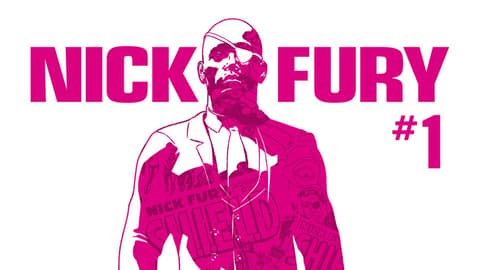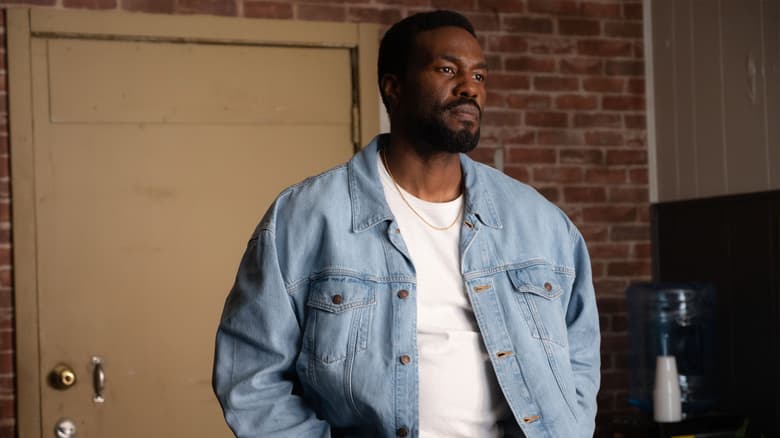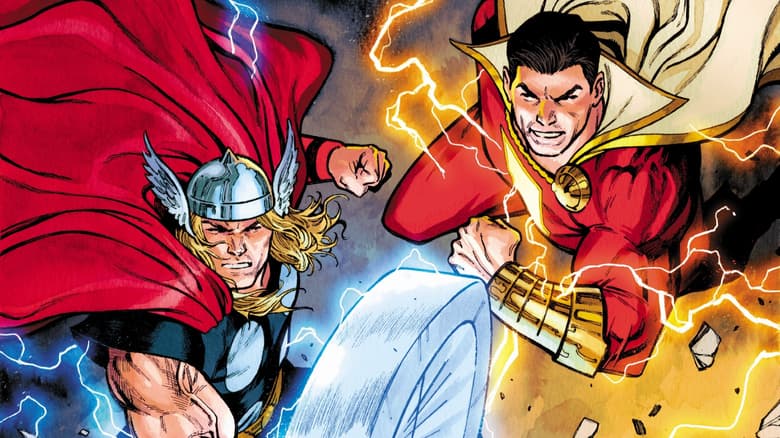Nick Fury: I Spy
The S.H.I.E.L.D. super-agent takes a shot at living his legacy with James Robinson and ACO!

Nick Fury has big shoes to fill, seeing as his father developed a reputation for being a legendary super spy. But in his first solo book, the younger Fury will show us that he has what it takes to build quite the reputation of his own.
Writer James Robinson and artist ACO catch us up on what we can expect when NICK FURY debuts in April.
Marvel.com: Nick has never had his own book before; did this give you the chance to explore his character a little more deeply?
James Robinson: Yes, but at the same time, ACO and [editor] Mark Paniccia and I talked a lot about what we wanted from the book, and we didn’t want it to be completely continuity-based. We wanted to show Fury as a secret agent; a cool spy who wears a lot of Ozwald Boateng suits. So yes, I wanted to explore his character, but I also wanted to define him as this cool guy who lives and works in the Marvel Universe—not just a younger extrapolation of Samuel L. Jackson’s version in the movies. I wanted to make him somebody unique.
ACO: When working with the character you can’t help but remember the fantastic work that other authors did previously.
This is not the Nick Fury of Steranko, not the Nick Fury of the Ultimates, of [Mark] Millar and [Bryan] Hitch. In certain aspects, we developed a new vision of Nick Fury in the [Marvel Universe].
We move away from the aesthetics of the Ultimates and S.H.I.E.L.D. in order to give him a more original identity and attitude that will still evoke his previous versions.
Marvel.com: Can you tell us a little about your process working together?
James Robinson: I’ve had a fantastic time! I consider ACO a creative force of nature. I see this book as a truly unique work, unlike anything people have seen. It stands head and shoulders above other books because of his unique artistic statement. I wrote the script deliberately to give him as much space as he needed in order to tell the story in his fashion, and he has risen to the occasion and done amazing work.
ACO: James writes spectacular scripts, dealing well with different themes and characters in an original, energetic and intelligent way. He gives me a lot of freedom and stays open to suggestions, which I really appreciate, as it shows confidence in my abilities. Stylistically, we have also quite agreed on the tone and appearance of the series.
Marvel.com: In the book, Nick will enter a new era of his story. How will this fresh phase break away from or build on his recent past?
James Robinson: A little later in the series, we touch on the fact that S.H.I.E.L.D. monitors him, grooming him for the future. And we see his missions as kind of like tests to set him up for what might happen in the future.
ACO: We want to create our own mythology but without forgetting all the previous material so as not to detract from its essence. However, this series focuses solely on Nick Fury, without S.H.I.E.L.D., allies, or agents to help him in his missions.
We build his present and lay the foundations for his future, but always look back, making the most of everything that made his other personification rich.
Marvel.com: This story has a lot of action and mystery. How did you go about setting that tone visually?
ACO: I wanted to bring to the series more lightness and pop. To escape from the noir and seriousness and provide it with that futuristic-retro aesthetic that made the series so unique in the past. But with moderation in order to not fall into a visual parody of Austin Powers.
I could have chosen a more traditional style, but if you do not take risks you can fall into complacency or make a product that leaves you indifferent.
Marvel.com: Looking at the art, we see a lot of attention to details in the story: close shots of flash drives and buttons on devices. And a spy would need to have an awareness of these details in order to pull off what they’re trying to accomplish. So it feels like seeing the environment the way a spy would. Did you think about that at all?
ACO: I think it reflects how Fury works. How the mind works in someone trained to use his environment to his own advantage.
When he enters a room, he has an immediate awareness of the objects there, which ones can be helpful or problematic. In that sense, he has total control of the situation and that gives him a tactical advantage.
I usually use very short shots and mini-panels to try to make the action more intimate and help the readers feel present.
The technology has importance, and I like to give certain panels the feel of that moment when you pause a video game in order to select a tool or weapon.
I use mini panels more for narrative reasons than stylistic ones. Their size indicates that this action does not last long in time and also, depending on the location, they can [work] as an attachment to a main action.
James Robinson and ACO call the shots for NICK FURY beginning in April!
The Daily Bugle
Can’t-miss news and updates from across the Marvel Universe!




